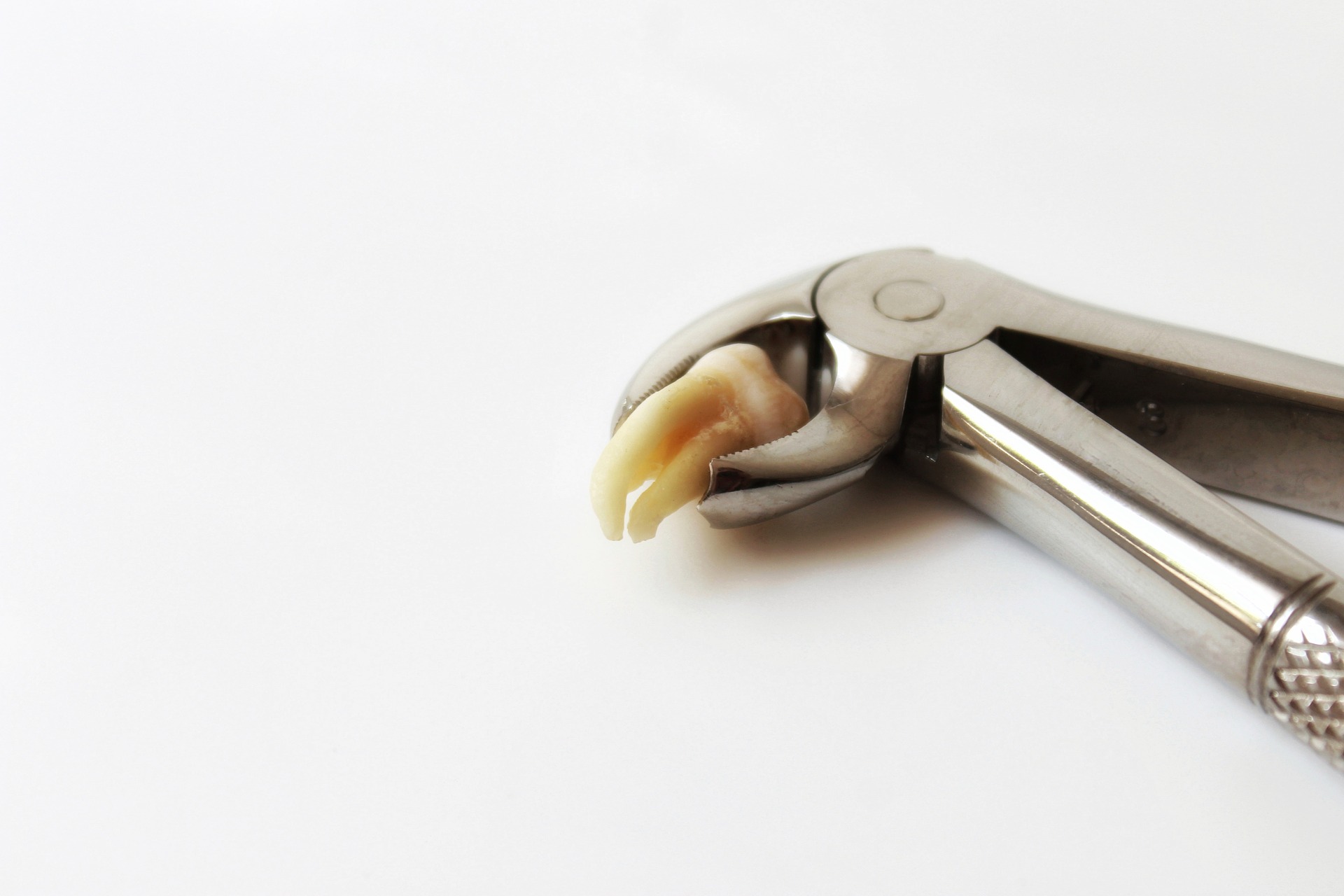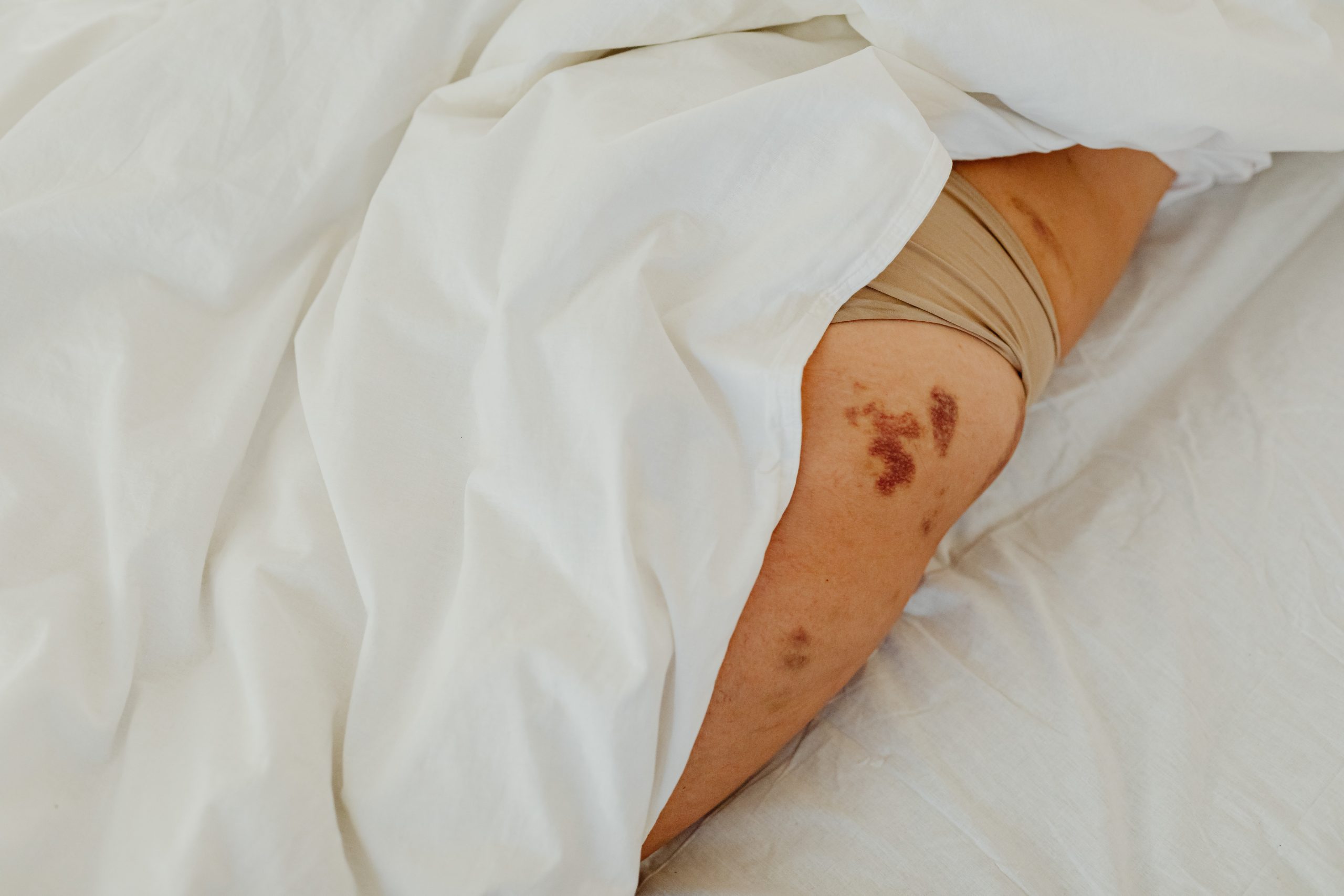The tooth extraction healing process and experience can often vary between different people and you may be someone who manages to cope fine, or you could be one of the unfortunate ones who endures some pain and discomfort as a result of the procedure.
It can often help you to cope with your visit to the dentist for an extraction if you have a better understanding of what is involved and how to improve the aftercare and healing experience.
Here’s some information that you might find useful when dealing with a tooth extraction.
An important start to the healing process
How you begin your aftercare will have a big impact on how well and how quickly you recover and the pain subsides.
A good point to understand is the fact that some of your teeth have deeper roots than others and that means the length of time you take to heal will vary according to the depth of the root.
A typical timeline for the pain level to fall is about 72 hours, but it makes sense to manage expectations, especially if you have had a tooth extracted that has a longer root.
One critical aspect of your aftercare program is the need to ensure that the blood clot that will have formed in your empty socket need to remain intact.
Focus your attention on keeping the blood clot in place as it is the key to a swift and less painful recovery, plus it will help to avoid potentially painful complications such as a dry socket.
Looking after yourself
There are a number of positive things you can do to help speed up your recovery and avoid any complications.
One of the easiest tips to follow is the need to get plenty of rest. Your aim should be to take things very easy for at least 24 hours after your extraction.
Don’t be tempted to change the gauze in your mouth until you are confident that the blood clot has formed. Once that has happened, you should be fine to change the gauze as and when you feel the need to do so.
Do not give in to the temptation to rinse your mouth out at the start of your recovery as it could easily dislodge the clot and have an impact on the healing time.
You should also avoid spitting or blowing your nose, as either of these actions could also damage the blood clot that has formed a protective covering over your extraction hole.
Good oral hygiene
Once you have got through the first few difficult days after the extraction you can follow some good aftercare practices that cover the next 10 days or so.
Once you are confident that the clot is securely in place you can proceed to start gently rinsing your mouth with a warm saline solution, as this will help to kill bacteria and prevent infection.
After the third day, you can brush your teeth as normal, and even floss, but take care to keep away from the extracted tooth area. It also makes sense to choose soft foods that require minimal chewing so that debris is not likely to get trapped in the empty socket.
If you follow these simple but essential steps your recovery and healing process should take about 10 days, but if the pain and swelling doesn’t subside as expected, you should contact your dentist for further guidance.




